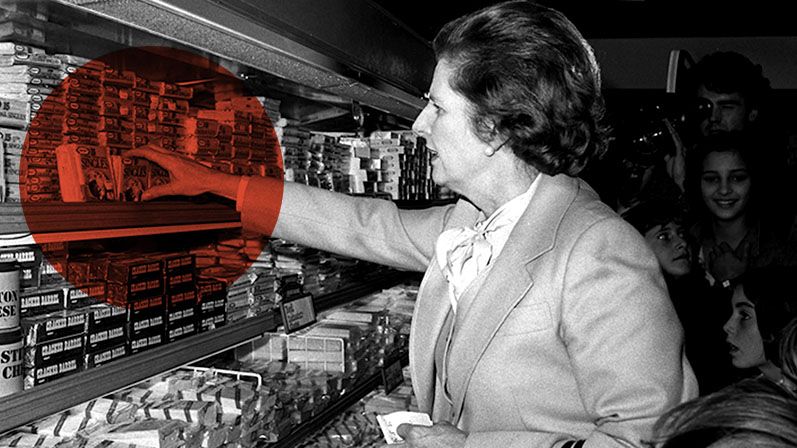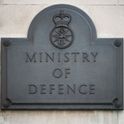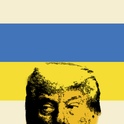Remember Rishi Sunak’s pledge to halve inflation this year? At the time it was supposed to be a slam dunk and far easier to meet than stopping the small boats, which predictably have failed to stop. But with consumer price inflation now stuck at 8.7 per cent for two months, down only marginally from 10.1 per cent in January and refusing to collapse even as the price of fuel does so, surging prices are becoming one of the biggest of Sunak’s headaches.
In January, the OBR was predicting inflation of just 4 per cent by the year end. Anything much higher than this and Sunak doesn’t simply miss his inflation target: he will also have to confront, in 2024, an election-year crisis of high interest rates and surging pay and welfare demands, causing further social and industrial unrest. And because he foolishly sought to take credit for the predicted fast fall in inflation—which was largely beyond the government’s short-term control—he will get even more of the blame than was his due as it continues to bite.
Mortgage holders are now having to renegotiate five-year deals at 6 per cent, and they could be higher still if the Bank of England keeps increasing interest rates beyond 5 per cent. Two years ago, mortgage deals were mostly below 2 per cent. This is the biggest interest rate shock in a generation, and if house prices fall sharply, the dreaded words “negative equity” will soon come back into the everyday political lexicon. Savers will benefit, but there are precious few of them among the young or middle aged.
As for pay deals, the public sector pay review bodies—whose recommendations were supposedly sacrosanct a year ago when inflation and pay demands far outstripped them—are now reportedly under threat of being overruled by Sunak because they are “too high”. The leaked recommendation from the teachers’ pay review body, of a 6.5 per cent pay rise for the coming year, is becoming a test case. So next year could see yet more strikes across the public services: a continuous rolling thunder of unrest.
There is talk in Whitehall of welfare benefits only increasing next year by earnings, not prices. Since one of the locks in the pension “triple lock” is inflation, that could lead to sharply divergent increases between different categories of benefits, causing even more intergenerational bitterness.
Ignore ministerial rhetoric about public sector pay and welfare increases risking further inflation. The real issue is Treasury concern about higher public borrowing as growth continues to stall. Cutting public debt was another of Sunak’s five pledges, yet it is now above 100 per cent of GDP for the first time since 1961 and the cost of debt servicing is becoming another headache. Short-term government borrowing rates are now even higher than after Liz Truss’s mini-budget, an especially damning comparison for Sunak and his chancellor Jeremy Hunt, who were supposedly installed last October to “rescue” the economy.
Then there are the international comparisons. Eurozone inflation is now 5.5 per cent and US inflation is down at 4 per cent, so there appears to be a “made in Britain” element to the inflation rate. Since the major factor unique to Britain is Brexit, yet another Tory political and economic disaster is up in lights.
Mark Carney, the former governor of the Bank of England, has not held back. “We laid out in advance of Brexit that this will be a negative supply shock for a period of time and the consequence of that will be a weaker pound, higher inflation and weaker growth,” he said last month. This is fast becoming the conventional wisdom.
Those of us of a certain age remember Margaret Thatcher campaigning in a supermarket in the 1979 election, complaining about the prices as she put items in her basket. Politics is coming full circle.













